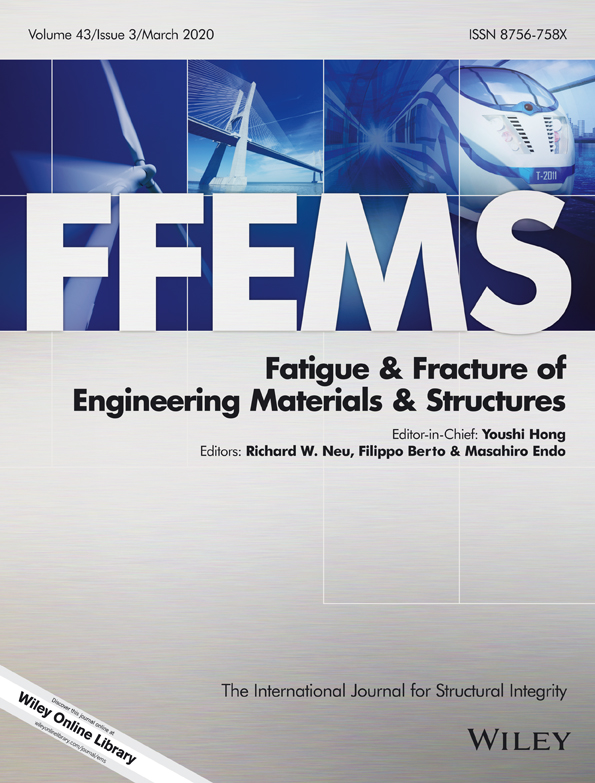Analysis of fatigue crack growth behavior of SS 316(N) welds using the unified approach
Abstract
Fatigue crack growth (FCG) behavior of SS 316(N) weld has been evaluated at different R-ratios at room temperature and compared with that of the base metal. The FCG resistance of weld is better than that of the base material and is due to the residual stresses developed during the welding. The data were analyzed using the unified approach that considers the two-parametric (ΔK and Kmax) nature of fatigue. The R-ratio effects in both the base and weld metals are accounted for without invoking the extrinsic parameters, such as plasticity-induced crack closure. Since the residual stresses are of the monotonic type, they affect the crack growth via the Kmax-parameter. The crack growth trajectory plots were developed, and they show how the two crack tip driving forces, ΔK and Kmax, change to overcome the FCG resistance of the weld in relation to that of the base metal. The results also show that the effects from the compressive residual stresses are more dominant at low R-values and occur via the Kmax parameter.




